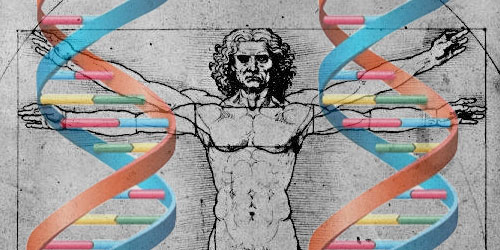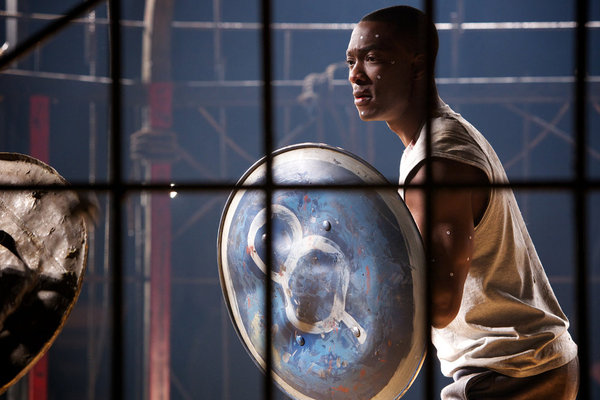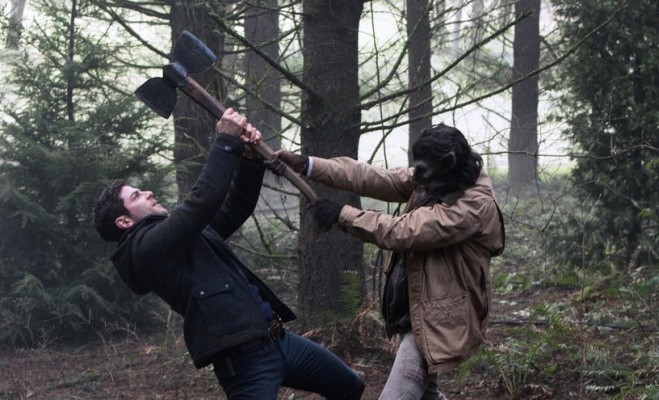Super Heroes Part 1: Beyond Transhumanism

We are living in the dawn of the new age of transhumanism. Tattoos, hair dye, piercings, and colored contact lenses are giving way to a new breed of body alterations. We’re beginning to see cybernetic enhancements as well as genetic experimentation. Will we soon see the age of super heroes? (Note that I am using the term “super hero” since the compound form “superhero” is copyrighted, held jointly by Marvel Entertainment Group and DC Comics.) It’s something I’ve dreamed of as a kid. Now it seems that it may soon come to fruition.
I have discussed making a super hero before, namely when I created a theoretical team of animal-like super heroes. But this time, instead of creating individual heroes, I’ll be looking at what it would take to recreate various super powers and mutant appearances. In other words, screw ethics. We’re going to alter human beings into characters that will make our comic book-loving selves go, “SQUEEEE!!!”

All right, fanboy. The first thing we need to do is to define what constitutes a “super hero”. The term “super” denotes something that is above and beyond, something greater that what can normally be experienced. The term “hero” typically means someone who is a role model in some way. But in the comic book world, it refers to someone who uses his or her abilities to do good things above and beyond what others would do. So a “super hero” would be someone with powers and/or abilities far above and beyond a normal human who uses those powers, skills, and abilities for the greater good. Of course there is the super villain. But that doesn’t matter. We’re not necessarily looking at how to make a good guy as how to make a super powered dynamo! (Tights and cape are optional.)
So what constitutes “super” abilities? There are three primary categories for super abilities.
SKILLS & TRAINING
To be at the “super” level would indicate that the skills and training are to a level that is useful and uncommon, in a combination that is useful and uncommon, or the skills and training are simply useful and uncommon. With apologies to Bruce Wayne, this is not one we’ll be focusing on during this series.
CYBERNETICS
The second is cybernetics. A human being could, theoretically, be greatly enhanced by mechanical assistance. We’re starting to see examples of that in everyday society, even to the point where some patients take steps to heal themselves.
MUTATION
Probably the most common cause of super powers in the comics is by some sort of mutation. Sometimes it’s by deliberate experimentation, sometimes it’s by accident, and sometimes it’s by pure chance.
Throughout this and subsequent articles on the subject, we’ll focus on cybernetics and mutation. I think we can overlook “alien” and “magic”. We won’t cover aliens since nobody knows enough about xenobiology. We won’t cover magic since this is a series of science articles, and magic is … well … not science. Okay, we’ll briefly touch on magic in one of the articles I’m sure, but only briefly. We’re going to focus primarily on science. I’m sure that Doctor Strange and Zatanna will understand.
The next step before creating mutants and cyborgs (and turning a lab rodent into Mighty Mouse) is to look at what is possible and what science already says we can and cannot do. Then we will go all mad scientist* and speculate further. [Insert maniacal laughter here.]
(* Okay, so “mad engineer” would probably be a more accurate term.)

Moving super abilities to the real world is full of difficulties. For example, simply grafting on a pair of bird wings and hoping that a hero will fly just doesn’t … uh … fly. No amount of Red Bull can ever improve the odds of it working. First of all is the issue of mass. Birds that can fly typically have hollow bones that reduce the weight that the wings need to lift. Also, unless all the hero is going to do is glide, there must be some muscular structure which will allow the hero to move the wings and flap. Otherwise, the hero would have to have some other means of providing the thrust needed to compensate for the wing size. Going with cybernetic wings doesn’t help much either. One must be able to supply the power and the motors, solenoids, actuators, or whatever other means of moving the wings. Then again, maybe just a jet thruster to a mechanical vehicle might provide sufficient flight … and restrict motion horribly.

On the other hand, science is giving us new means of doing awesome things every day. There are new materials, procedures, and discoveries which can lead to new super abilities in the real world. It’s time to take a happy look at how it might be possible for super heroes to really exist in the real world. Buckle up. It’s gonna be a wild ride!
![]()




